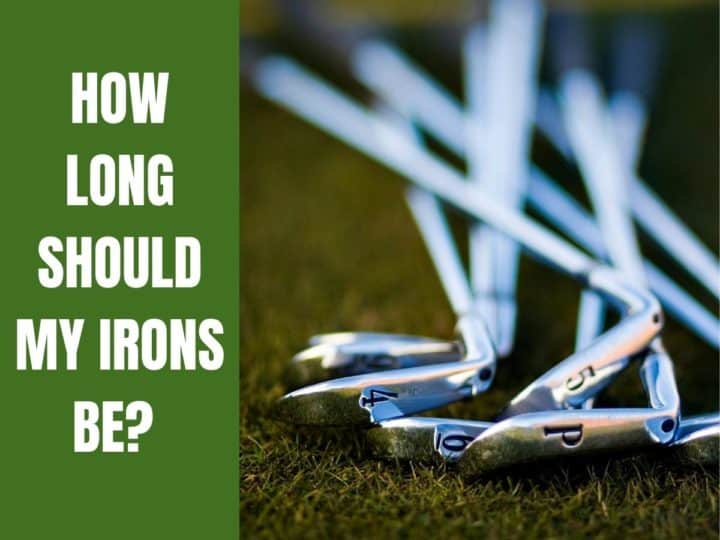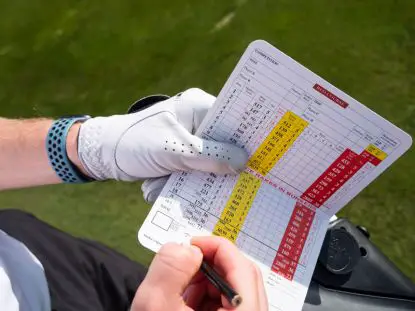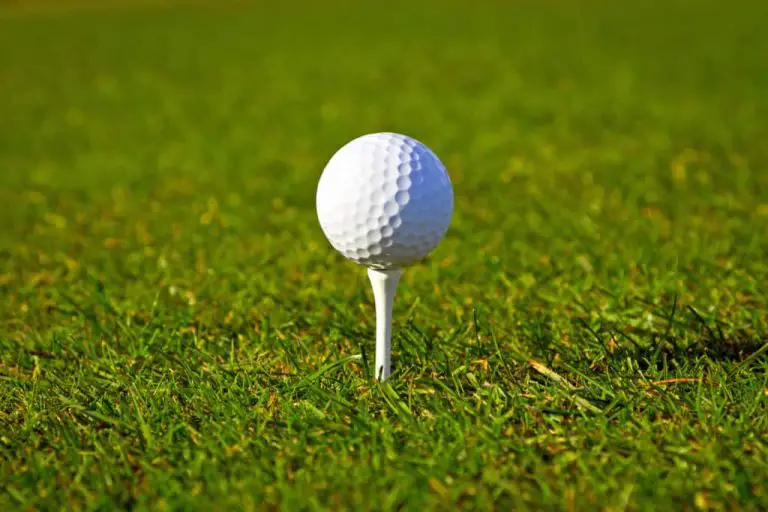What Is A Utility Iron
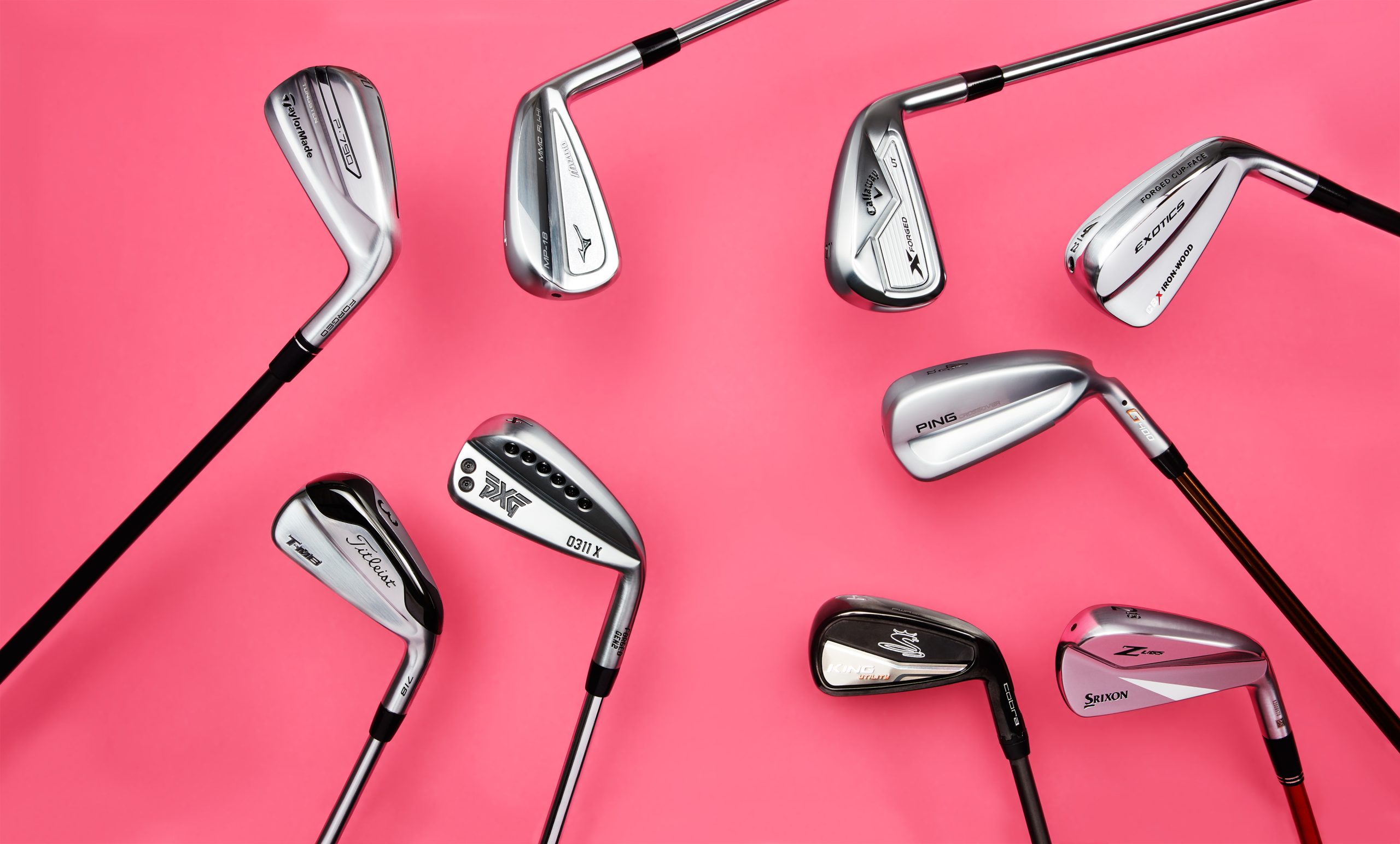
In the vast world of golf equipment, one club has emerged as a game-changer, revolutionizing how golfers approach certain shots on the course. This club is none other than the versatile and powerful utility iron. But what exactly is a utility iron, and why has it gained such popularity among golfers of all skill levels?
A utility iron is a club that combines the best attributes of both long irons and hybrids, offering golfers a unique blend of distance, control, and playability. With a design specifically engineered to optimize performance, utility irons possess distinct features that set them apart from other clubs in a golfer’s bag.
From a thin face and low center of gravity to a compact head size and forgiveness, utility irons provide golfers with the tools they need to tackle various on-course challenges. Whether it’s off the tee, navigating tight fairways, or hitting precise approaches to the green, utility irons deliver exceptional results.
But what truly sets utility irons apart is their versatility. They can be used effectively from both the tee and the fairway, adapting to different lies and shot types with ease. This versatility grants golfers the freedom to unleash their skills and tackle any situation that arises on the course.
In this comprehensive guide, we will delve into the intricacies of utility irons, exploring their unique design features, differences from other clubs, tips for choosing the right one, and strategies for using them effectively. Join us as we unlock the power of versatility and precision with the remarkable utility iron in the game of golf.
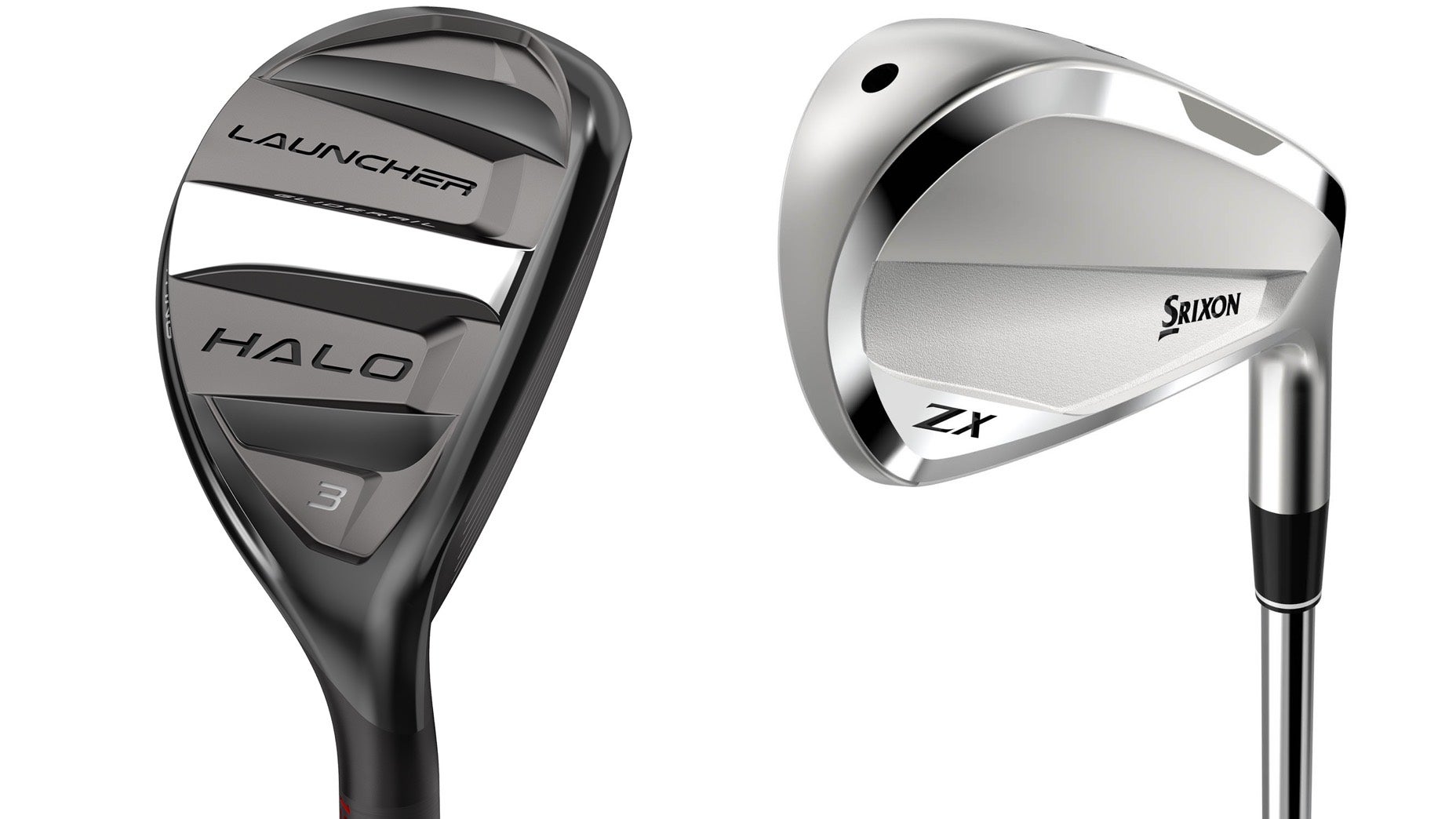
What Makes a Utility Iron Unique?
Utility irons possess a distinctive set of design features that set them apart from other clubs in a golfer’s bag. These features contribute to their exceptional performance and versatility.
Design Features
Utility irons are meticulously crafted to offer specific advantages to golfers. Let’s explore the key design features that make utility irons unique:
- Thin Face and Low Center of Gravity: Utility irons often feature a thin face design, which allows for higher ball speed and increased distance. Additionally, a low center of gravity (CG) helps promote a higher launch angle, enabling golfers to achieve optimal trajectory and carry.
- Compact Head Size: The compact head size of utility irons offers a sense of familiarity to golfers who are accustomed to using traditional irons. This design attribute allows for better control and precision, particularly when shaping shots or targeting specific landing areas.
- Higher Launch Angle and Forgiveness: Utility irons are engineered to provide a higher launch angle compared to long irons. This feature assists golfers in achieving a more efficient ball flight, especially when dealing with challenging lies or adverse weather conditions. Moreover, utility irons are designed with forgiveness in mind, minimizing the impact of off-center strikes and ensuring consistent performance.
Versatility
One of the defining characteristics of utility irons is their versatility. They are incredibly adaptable clubs that excel in various situations on the golf course.
- Tee Shots: Utility irons can be successfully employed off the tee, offering golfers an alternative to the driver or fairway woods. With their lower loft and added control, utility irons provide an excellent option for tight fairways or holes that require accuracy over distance.
- Fairway Shots: Utility irons are equally effective when played from the fairway. They provide the golfer with the ability to hit long, precise shots, making them suitable for approaches to the green or navigating challenging par-5 holes.
Now that we understand what makes utility irons unique, let’s explore how they differ from other clubs in a golfer’s arsenal.
How Does a Utility Iron Differ from Other Clubs?
Utility irons occupy a distinctive space between long irons and hybrids. Understanding their differences can help golfers make informed decisions when selecting the right club for a particular shot or situation.
Comparisons with Long Irons
Long irons traditionally offer greater control and precision but can be more challenging to hit consistently. In comparison, utility irons provide several advantages:
- Increased Forgiveness and Ease of Use: Utility irons are more forgiving on mishits compared to long irons. The design attributes such as a larger sweet spot and lower CG help minimize the effects of off-center strikes, ensuring more consistent ball striking and increased confidence.
- Higher Launch and Longer Distance: Utility irons generally offer a higher launch angle and increased distance compared to long irons. This combination of launch and distance makes them a preferred choice for golfers seeking enhanced playability and improved performance on longer shots.
Comparisons with Hybrids
Hybrids, on the other hand, blend the characteristics of long irons and fairway woods. Let’s explore how utility irons differ from hybrids:
- More Iron-like Feel and Control: Utility irons provide golfers with a closer experience to hitting traditional irons. They offer a more iron-like feel and control, which can be advantageous when shaping shots or requiring specific trajectory control.
- Lower Launch and Flatter Trajectory: Hybrids tend to produce a higher launch and a more pronounced arc in ball flight. In contrast, utility irons generate a lower launch and flatter trajectory, which can be beneficial in certain conditions, such as playing in the wind or when a lower ball flight is desired.
Having understood the unique features and differences of utility irons, let’s delve into the process of choosing the right utility iron to suit your game.
Choosing the Right Utility Iron
When selecting a utility iron, several factors need to be considered to ensure it complements your playing style and fills the gap in your club set effectively.
Loft Options
Utility irons are available in various loft options, ranging from around 18 degrees to 24 degrees or more. Here are some considerations when choosing the right loft:
- Distance Gaps: Evaluate your distance requirements and analyze the gaps in your club distances. Select a utility iron loft that provides adequate distance coverage between your longest iron and shortest fairway wood or hybrid.
- Balancing Loft with Other Clubs: Ensure that the loft of your utility iron blends well with the rest of your set. Consider the loft progression, ensuring that there are consistent and manageable intervals between each club to avoid significant distance overlaps or gaps.
Shaft Selection
The shaft plays a critical role in determining the performance and feel of a utility iron. Consider the following factors when selecting a shaft:
- Flex and Weight Considerations: Choose a flex that suits your swing speed and tempo. A shaft with a proper flex will optimize your launch conditions and help generate the desired ball flight. Additionally, consider the weight of the shaft, as it can influence the overall feel and control of the club.
- Matching the Shaft to Swing Characteristics: Work with a professional club fitter or golf instructor to analyze your swing characteristics. Factors such as swing tempo, transition, and release point can influence the ideal shaft profile for your utility iron, maximizing your performance and consistency.
Now that you have chosen the right utility iron, let’s explore how you can effectively utilize it on the golf course.
How to Use a Utility Iron Effectively
A utility iron can be a game-changer when utilized strategically and skillfully. Here are some tips for maximizing its potential in different situations:
Tee Shots
Utility irons offer several advantages when used off the tee. To make the most of your utility iron tee shots, consider the following techniques:
- Advantages Off the Tee: Use the utility iron on shorter par-4 holes that require accuracy over distance or when you need to navigate tight fairways. The control and forgiveness of the club can help you find the fairway consistently.
- Techniques for Optimal Performance: When teeing off with a utility iron, consider placing the ball slightly forward in your stance and adopt a sweeping, shallow attack angle. This technique promotes a clean strike and optimal launch conditions for improved distance and accuracy.
Fairway Shots
Utility irons excel at hitting long, precise shots from the fairway. Follow these guidelines to maximize performance on your fairway approach shots:
- Versatility on Different Lies: The utility iron’s compact head size and lower loft make it suitable for various lies, including tight lies, fairway bunkers, or even light rough. Practice different setup positions and ball positions to find the optimal impact for each situation.
- Adjustments for Optimal Ball Flight: When playing fairway shots with a utility iron, focus on a smooth, controlled swing. Adjust your ball position and swing tempo to achieve the desired ball flight, whether it’s a high, soft landing shot or a low, penetrating trajectory.
With these tips in mind, you can enhance your utility iron play and take your golf game to the next level. However, improving your skills with the utility iron requires practice and dedication.
Practice Tips for Improving Utility Iron Play
To become proficient with your utility iron, consider the following practice tips:
Shot Shaping
Mastering shot shaping techniques can give you greater control and versatility with your utility iron. Here’s how to work on your shot shaping skills:
- Understanding Ball Flight Laws: Familiarize yourself with the basic principles of ball flight laws, such as how clubface angle, swing path, and impact location influence shot shape. This knowledge will help you adjust your setup and swing to produce desired shot shapes.
- Techniques for Shaping Shots with a Utility Iron: Experiment with grip adjustments, clubface alignment, and swing adjustments to shape the ball intentionally. Practice hitting fades, draws, and even controlled hooks or slices to expand your shot-making capabilities.
Course Management
Strategic club selection and course management can significantly impact your scoring with a utility iron. Consider these aspects for better decision-making on the course:
- Strategic Club Selection: Evaluate each hole and consider the distances and hazards involved. Identify opportunities where a utility iron can provide an advantage over other clubs in your bag, such as tight tee shots or long approaches.
- Identifying Opportunities for Utility Iron Usage: Study the course layout and identify holes where the utility iron can be used to your advantage. Look for situations where the accuracy and control of the club outweigh the need for distance.
By practicing shot shaping techniques and adopting a strategic approach to course management, you can make the most of your utility iron and optimize your performance on the golf course.
Maintenance and Care for Utility Irons
To ensure your utility iron performs at its best, regular maintenance and care are essential. Here are some tips to keep your utility iron in optimal condition:
Cleaning and Storage
Proper cleaning and storage practices help prolong the lifespan of your utility iron and maintain its performance. Follow these guidelines:
- Removing Dirt and Debris: After each round or practice session, clean your utility iron by wiping the clubhead with a soft cloth or brush. Pay special attention to the grooves, removing any dirt, grass, or debris that may affect spin and ball control.
- Proper Storage to Prevent Damage: Store your utility iron in a clubhead cover or a designated compartment in your golf bag. This protects the clubhead from unnecessary scratches or dings during transportation and storage.
Regular Checks and Adjustments
Performing regular checks and adjustments ensures that your utility iron remains in optimal playing condition. Consider the following maintenance practices:
- Inspecting Clubhead, Shaft, and Grip: Regularly examine your utility iron for any signs of damage, such as dents, cracks, or loose components. Additionally, inspect the shaft for any visible wear or signs of damage. Check the grip for wear and consider replacing it if necessary.
- Loft and Lie Angle Adjustments if Necessary: Over time, the loft and lie angles of your utility iron may require adjustments due to normal usage or impact with the ground. Consult with a professional club fitter or golf shop to check and adjust the loft and lie angles to maintain optimal performance.
By adopting proper maintenance practices and staying proactive in checking and adjusting your utility iron, you can extend its lifespan and ensure consistent performance on the course.
Conclusion
Utility irons offer a unique blend of distance, control, and versatility, making them a valuable asset in a golfer’s bag. Their design features, such as a thin face, low center of gravity, and compact head size, contribute to their exceptional performance. Understanding the differences between utility irons, long irons, and hybrids can help you make informed decisions when selecting the right club for a specific shot. By choosing the right utility iron, practicing effective usage techniques, and maintaining it properly, you can unlock its full potential and elevate your golf game to new heights. So, embrace the utility iron and enjoy the benefits it brings to your golfing experience.


